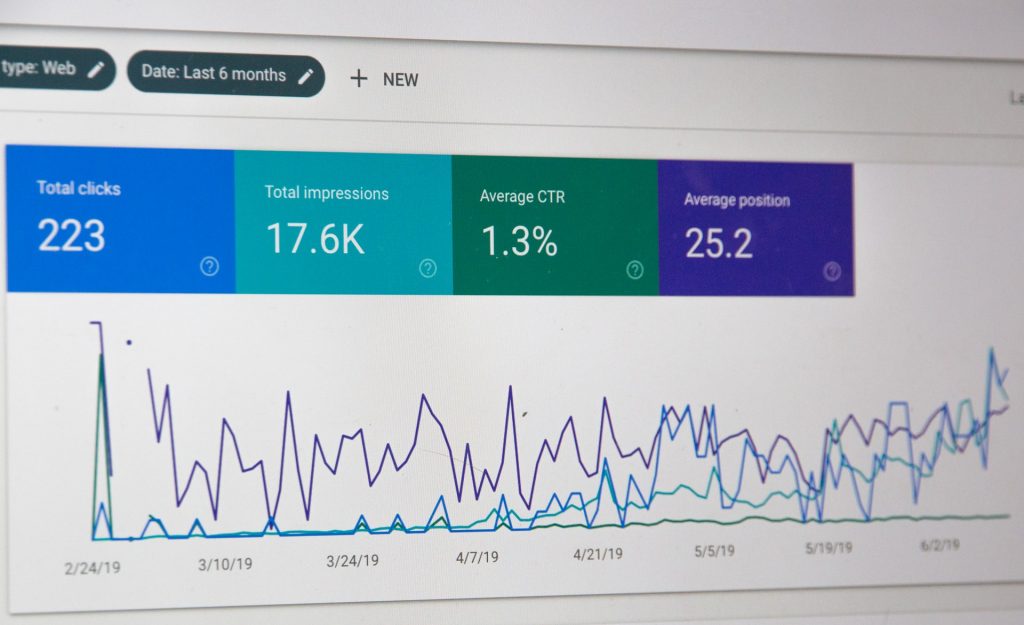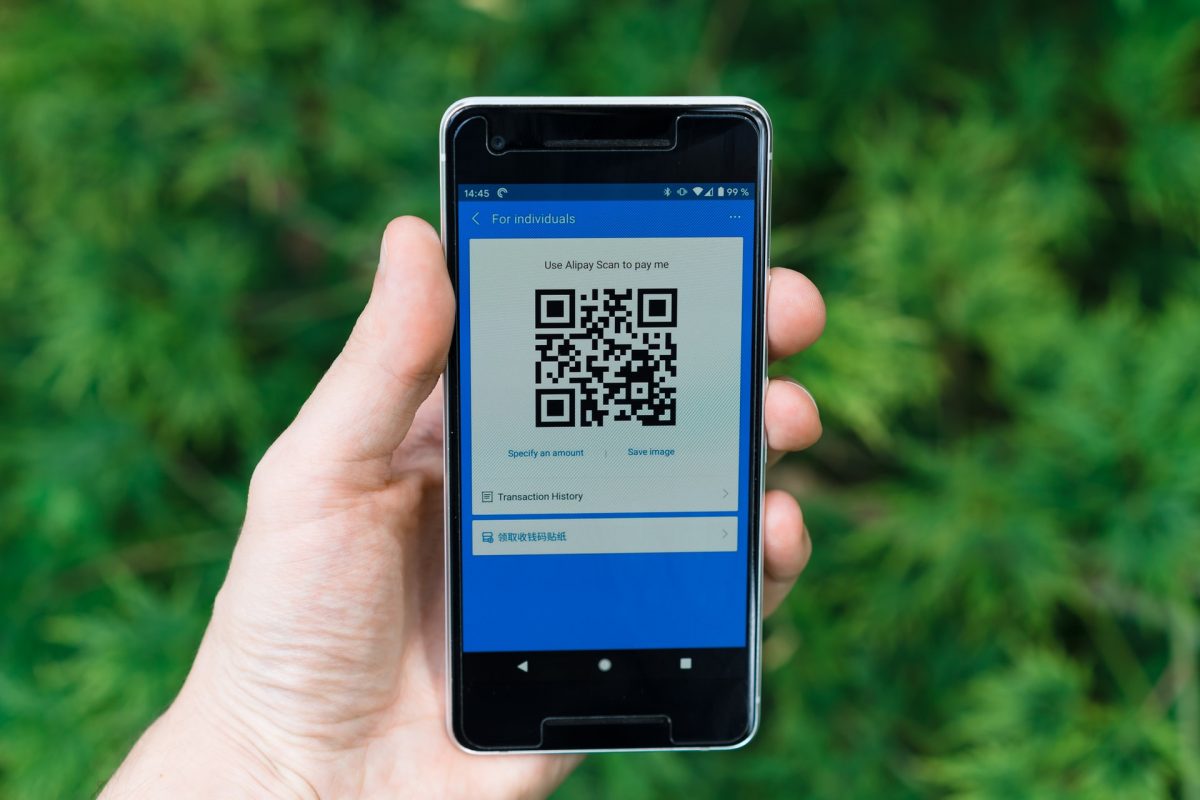
15 of the Most Effective SEO Tips for Beginners
As a beginner, you need to realize that there is no other golden opportunity to improve the website rankings in the popular search engines like Google or Yahoo other than SEO service. Of course, there are many options available to achieve better rankings, but guest post service provider helps you to design a reliable framework for your website that is 100% safe and secure!!
Important SEO tips for beginners
1. Page title and descriptions:
When it comes to any content, page titles are very important aspects to consider. It is an impression that helps you to grab the attention of the visitors. Be short and informative…!!!
2. Post blog that visitors love to read & share:
Nothing would bring vast changes to the rankings of the website other than the guest blog. You need to provide great content to drive high traffic rates and engage more audiences. With the help of guest post outreach, you can promote the brand worldwide!
3. Keyword research:

As a beginner, you need to perform more studies on keyword research to make the site appear on the first page of the search results.
4. Improve on-page elements:
Of course, on-page elements might be small, but you to concentrate on the elements like title, header tags, etc to have a great impact on your website’s page.
5. Identify and fix SEO issues:
Identifying and fixing any SEO issues will help you to run the website smoothly.
6. Improve page loading speed:
SEO helps you to load the page of your website much faster and make your site appear on the first page in the search results.
7. Make use of social media platform:
When you are ready to use social media platforms, you can find a massive audience reach and high traffic rates to your niche.
8. Understand the importance of Anchor Text:
With the help of anchor text, you can influence the website that you are linking to and you can grab the attention of the visitors much faster.
9. Link building:
Link building is the most imperative aspect of SEO. You need to build a link that is relevant to your niche to strike skyrocket hit on your business.
10. Make your site mobile friendly:
If you do not provide a smooth browsing experience for your site, then it may decrease your website rankings and so it is essential SEO tips for beginners to enhance the user experience.
11. Content marketing:

Content marketing is an important aspect of SEO. When you offer great content, sure visitors will help you to promote the website.
12. Stay updated:
One of the most important SEO tactics to consider for beginners is to discover and post updated content on your site to generate organic traffic rates.
13. Keep your eyes on your competitors:
It is always important to keep your eyes on your competitor’s website so that you can come to know what type of services they are providing.
14. Image optimization:
Make use of attractive images to enhance the user-experience and focus on page load speed as well.
15. Verify your external links:
External links are significant for SEO. All of these SEO tips help you to verify that your SEO tactics remain efficient and successful.
This was an introduction about SEO, but there are a lot more details to work on when you dive in. If you need professional help, you can always get in touch with SEO experts. They will provide you with detailed information or offer their services.





















